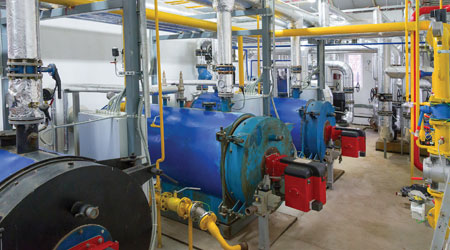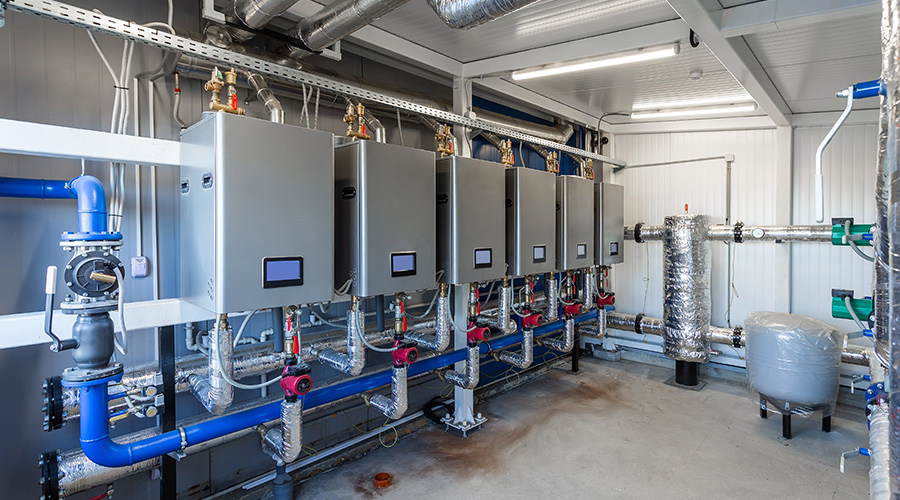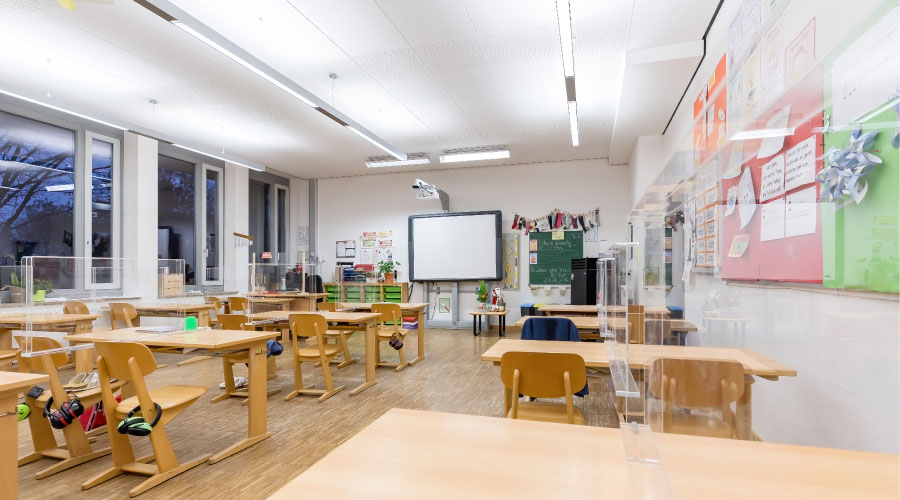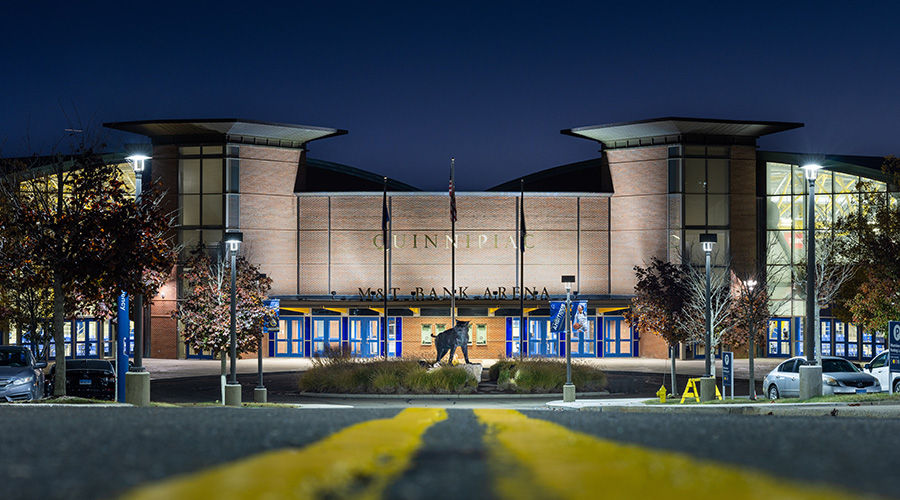Back in Business: Minimizing Spread of Disease Remains Priority
As buildings reopen, safe-running boilers and water heaters are essential to keeping occupants healthy.
The health and safety of building occupants must be a top priority for facility managers as institutional and commercial facilities start to get back to some semblance of normal in the aftermath of the COVID-19 pandemic.
Many buildings across the country, from government and educational facilities to high-rise downtown office buildings, have sat mostly empty since March 2020. If a building has been unoccupied for an extended period, it is vital for managers to review the health of the building systems prior to reopening.
Ensuring that boilers and water heaters are functioning properly and safely to avoid exposing building occupants to additional health hazards is an important step in the return-to-office process.
Potential hazards
Since many areas of normally occupied buildings sat empty or minimally occupied during the pandemic, the potential for exposing more health hazards to building occupants increased. Managers should address these situations before reopening begins.
Mold has the potential to cause mild allergic responses, asthma attacks, and irritation to the eyes, skin, nose, and throat. Symptoms can range from moderate to severe. Mold will grow on many building surfaces where moisture is present for an extended period of time. A visual and olfactory inspection are often sufficient to detect the presence of mold in many cases. If a space smells musty, or shows visible signs of mold growth, further evaluation and remediation is likely required before reentry into the building.
Legionellosis, caused by Legionella bacteria, is a potentially deadly infection with symptoms similar to pneumonia. It may also manifest with milder symptoms like those of seasonal influenza. Legionella will propagate in stagnant water systems and HVAC systems at temperatures between 68 degrees and 122 degrees. This includes domestic hot and cold water systems, boiler systems, cooling towers, fluid coolers, and HVAC distribution systems.
During periods of extended stagnation, corrosion may occur and result in scaling and leaching, leading to potentially high levels of lead or other metals in the building’s drinking water. The longer the period of stagnation, the greater the chances that the water becomes increasingly corrosive and accelerates the rate of deterioration of piping. Lead exposure is particularly detrimental to children and can damage the brain and nervous system, lead to slow growth and development, and cause hearing and speech problems.
Reopening precautions
Prior to returning to normal building occupancy, it is recommended that managers address maintenance that was deferred during the pandemic be performed and stagnation mitigation measures be reviewed and implemented.
Facility executives and managers also should give consideration to potential upgrades to the building in light of lessons learned during the pandemic.
During the pandemic, while buildings sat mostly or fully unoccupied for weeks or months, it is likely that all heating and cooling systems were set at their minimums to reduce the energy used during this time of non-occupancy. It is also likely that any maintenance scheduled on heating, cooling, and plumbing systems was not completed. It is recommended that all deferred maintenance during the pandemic be revisited as part of the reopening procedure for the building.
Managers should have technicians carry out a visual maintenance inspection of the building including all mechanical and plumbing systems within the building. This visual inspection will serve to determine any major issues that have arisen in the building during a period of low occupancy.
If the occupancy, ventilation, or filtration is planned to change upon reentry, it follows that the engineering assumptions would need to be reviewed to ensure proper operation of the reopened building.
A typical engineering review of the plumbing and hydronic systems should include:
- Water recirculation sequence of operations
- Water mixing valve and storage tank setpoints
- Heater capacity
- Hot water layout to ensure minimizing of dead legs where water can stagnate
- Heating and cooling capacities
- Heating and cooling sequences of operations
- Compliance with ASHRAE 62 – Ventilation for Acceptable Indoor Air Quality
Although not an essential step for reopening a building after a period of non-occupancy, retrocommissioning will ensure that all existing systems are designed, installed, functionally tested, and operating according to the owner’s needs.
Retrocommissioning typically has a short payback as it often reveals energy inefficiencies that have been introduced into buildings over time. The highest levels of energy savings are seen in complicated systems and buildings, while payback periods may be longer for simple systems and smaller buildings.
In addition to cost savings, retrocommissioning can increase occupant comfort, ensure proper ventilation airflow is being delivered, and verify operational lifespan of installed equipment.
This process typically involves:
- Reviewing existing systems and documentation, including original and existing design documents, equipment O&M manuals, TAB reports, and commissioning reports.
- Reviewing diagnostics of existing control systems, energy data for all energy sources (gas, electricity, steam, chilled water/heating water), and all controls outputs (temperatures, pressures, and flow rates).
- Functional testing that ensures systems are operating per the sequences of operations. The commissioning agent will run equipment through its sequences of operation for all key operating modes while observing, measuring, and recording its performance. Any divergence from the original sequence will be noted and recommendations will be provided for revision to the sequence or functional performance of the equipment.
- Recommendations based on functional testing of systems that likely require revisions to perform optimally.
- Implementation of recommendations while working with building staff, controls contractor, and commissioning agent to implement recommendations
- Training facility staff to ensure the building continues to operate optimally after the commissioning is complete.
Related Topics:













